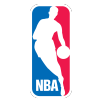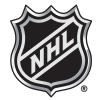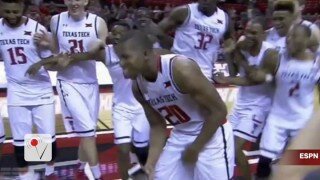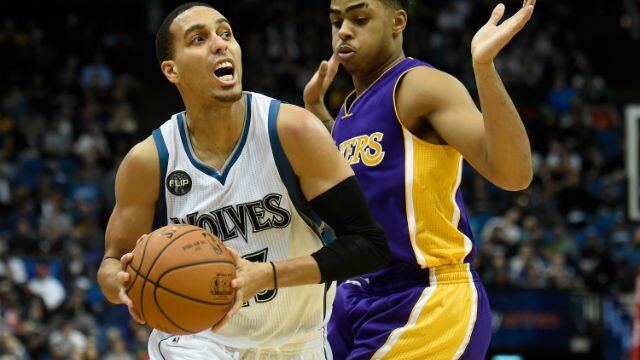
As the Minnesota Timberwolves began to negotiate trades that would send Kevin Love out of town, it became clear that the Golden State Warriors were unwilling to part ways with Klay Thompson in a deal for the three-time All-Star. This reluctance will surely come back to haunt the Warriors, who just made one of the most head-scratching decisions over the past decade.
Throughout the negotiation process, Golden State clearly overrated Thompson’s basketball ability. Before detailing Thompson’s strengths, it must be noted that the former Washington State University standout has become a willing and capable defender in the NBA, although he is not the best or even second-best defender on his own team.
Thompson’s biggest strength lies behind the arc, where he shot 41.7 percent this past season. Still, he did not crack the NBA’s top 10 in three-point percentage, and that has to be a bit concerning know that Stephen Curry draws much of the defense’s attention from the other guard position.
On the other hand, Thompson’s weaknesses are easily observable. Thompson does not rebound (his rebounding rate was tied with Isaiah Thomas for 318th worst among 337 players who qualified) or make teammates better (his assist ratio ranked in the 30th percentile last season among qualified players). Furthermore, Golden State’s shooting guard struggles mightily creating his own shot, as 94.3 percent of his career three-point attempts have been assisted.
Thompson’s weaknesses are obvious from inside the arc as well, where he is not very efficient. From less than five feet away this season, he shot 58.7 percent, which was middle of the pack among players who qualified. Although his percentage from five to nine feet was respectable (41.3 percent), it still did not eclipse his percentage from behind the arc.
Thompson’s struggles are clearly evident, however, they become unthinkably immense when his PER is factored into the equation. His PER last season was a lousy 14.32, which came it at 156th in the league. Vince Carter, Mirza Teletovic, Jordan Crawford, Alexis Ajinca, Cory Joseph and Mike Scott are just a few of the players who surprisingly had higher PER’s.
After noting Thompson’s clear weaknesses, let’s take a look at what the Warriors failed to acquire. Last season, Love was third in offensive win shares with 10.6, trailing only LeBron James and Kevin Durant. Furthermore, Thompson’s 6.7 total win shares were not even half of Love’s (14.3).
On the defensive end, Love surprisingly posted a better defensive rating and tallied a higher amount of defensive win shares than Thompson last season, even though Thompson was playing for the third-best defensive team while Minnesota’s defensive efficiency ranked 14th.
Comparing usage percentages makes Love even more appealing. Even as a power forward, Love has demonstrated the ability to remain efficient despite being used approximately 28.8 percent of the time on that end of the floor. That usage percentage beat Thompson’s, which came in at only 22.6 this past season.
Furthermore, Love’s 4.4 assists per game were double Thompson’s (2.2). Love also shot 45.7 percent from the field, a better percentage than Thompson’s 44.4 percent, even though Love was fielding a higher workload and defenses were more focused on him than Thompson.
Instead of trading Thompson for Love and giving him the max-contract he deserves, Golden State will soon have to throw max money at their shooting guard. A respectable defender and three-point shooter should never be worth a max contract, even if he is only 24 years old. Simply, the Warriors possess one of the best complimentary players to Love in Andrew Bogut, but fans will never get to see how that front-court tandem would have fared as Golden State let a great chance slip out of their hands.
Nicholas Sciria is a San Antonio Spurs writer for www.RantSports.com. Follow him on Twitter @Nick_Sciria, “Like” him on Facebook or add him to your network on Google.





















